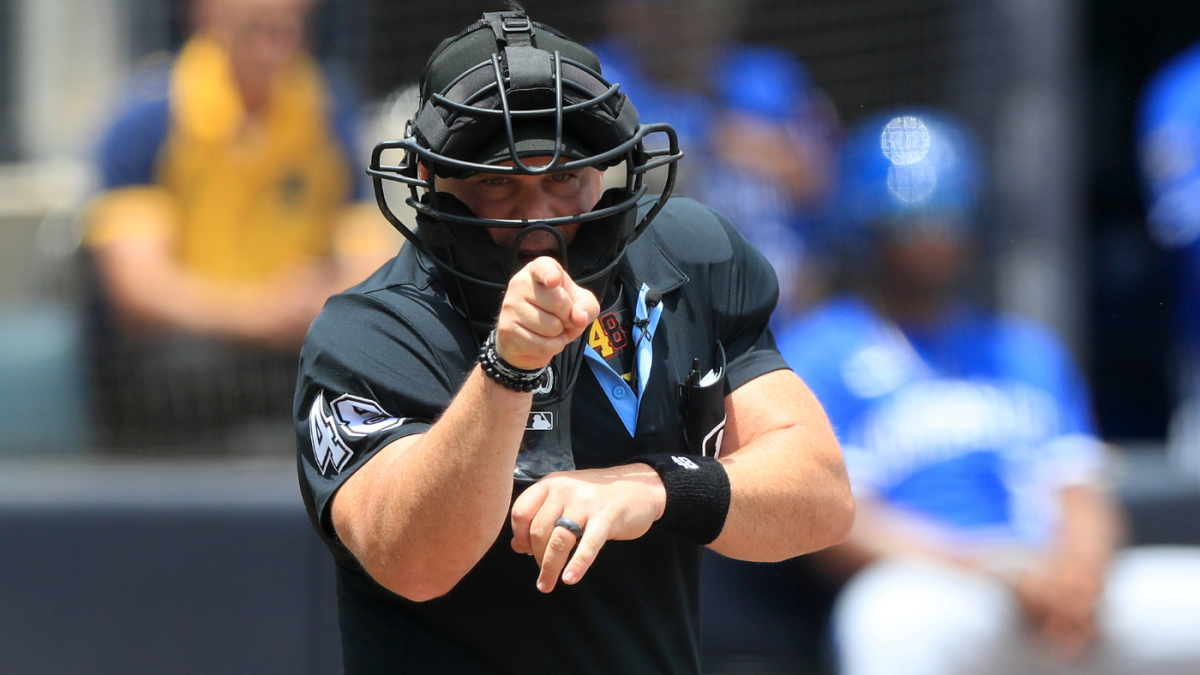The Evolving Strike Zone in Major League Baseball
Introduction
The strike zone in Major League Baseball (MLB) has been a subject of debate for decades, with players, coaches, and fans often questioning its consistency and fairness. Recent technological advancements and changes in umpire evaluation methods have brought this issue to the forefront, sparking discussions about the future role of umpires and the potential for automated systems. This report explores the current state of the strike zone, the impact of recent changes, and the future possibilities for umpire technology.
The Current State of the Strike Zone
Changes in Umpire Evaluation
One of the most significant recent developments is the shift in how MLB evaluates umpires. This change has led to fewer called strikes on the edges of the zone through the first month of the 2025 season. Players, accustomed to a more lenient zone, have been caught off guard. The practical effect has been a narrower buffer zone that shadows the plate, leading to fewer strikes in areas previously considered strike zones. This adjustment has sparked conversations about the need for a more consistent and fair strike zone.
The Impact of Younger Umpires
Research from Boston University has highlighted that younger umpires tend to be more accurate in calling balls and strikes. This finding is pivotal as it suggests that improving umpire training and introducing younger, tech-savvy officials can enhance the accuracy of strike zone calls. The study also revealed that 2-strike counts favor pitchers over hitters, which has significant implications for the overall strategy and dynamics of the game. This insight underscores the need for continuous evaluation and adaptation of umpire training programs to ensure fairness.
Technological Advancements and the Strike Zone
Automated Ball-Strike Challenge System
MLB has been experimenting with an automated ball-strike challenge system during spring games. This system aims to provide a more accurate and consistent strike zone by utilizing camera-based technology. The umpire-called zone has generally been more rounded and lenient to pitchers, with a 55.6% maximum at the top and a 24.2% minimum at the bottom. In contrast, the automated system has a slightly smaller zone, which could result in more walks and fewer strikeouts. This technological advancement has the potential to revolutionize the game by reducing human error and providing a consistent strike zone across all games.
The Role of Pitch Tracking
Pitch tracking technology, such as Pitchf/x, has been instrumental in evaluating umpire performance. This system measures the exact location of pitches and compares them to the called strike zone. The data from Pitchf/x has shown that the strike zone has evolved over time, with notable differences between the strike zones for right-handed and left-handed batters. Right-handed batters face a strike zone that creeps in on the hands, while lefties see more strikes called off the outside edge of the plate. This information is crucial for understanding the nuances of the strike zone and ensuring fairness for all players.
The Future of Umpiring in MLB
The Potential for Robo-Umps
The concept of robo-umps, or automated strike zone systems, has gained traction in recent years. These systems have the potential to eliminate human error and provide a consistent strike zone across all games. However, there are concerns about the optics of such a system and how it would be perceived by players, coaches, and fans. The strike zones superimposed on broadcasts are not always accurate, which can undermine the umpires’ credibility when they are not getting it wrong. Balancing technological accuracy with the human element that has always been a part of the game will be crucial.
Umpire Training and Adaptation
MLB’s Umpire School is adapting to a new era of increased scrutiny, with slow-motion replays and video reviews becoming more prevalent. Umpire Scorecards, a popular social media platform, has over 372,800 followers on X, indicating the high level of interest and scrutiny that umpires face. As technology advances, umpires will need to adapt and improve their skills to keep up with the changing landscape of the game. This adaptation will be essential for maintaining the integrity and fairness of the game.
Conclusion: The Path Forward
Embracing Technology
The future of the strike zone in MLB will likely involve a greater reliance on technology. Automated systems have the potential to provide a more consistent and accurate strike zone, but they also come with challenges. The league will need to find a balance between technological accuracy and the human element that has always been a part of the game. Embracing these changes and ensuring fairness and consistency will be crucial for the sport’s continued success.
Ensuring Fairness and Consistency
As the strike zone continues to evolve, it is crucial that MLB ensures fairness and consistency across all games. This will involve ongoing evaluation and adaptation of umpire training programs, as well as the integration of new technologies. The goal should be to create a strike zone that is fair to both pitchers and hitters, while also maintaining the excitement and unpredictability that makes baseball such a beloved sport.
The strike zone in MLB is at a crossroads, with technological advancements and changing evaluation methods reshaping the game. By embracing these changes and ensuring fairness and consistency, MLB can create a more enjoyable and equitable experience for players and fans alike. The future of the strike zone is bright, and with the right approach, it can continue to be a vital part of the game for years to come.












